Vacheron Constantin launches Cercle 250, to preserve ancient crafts
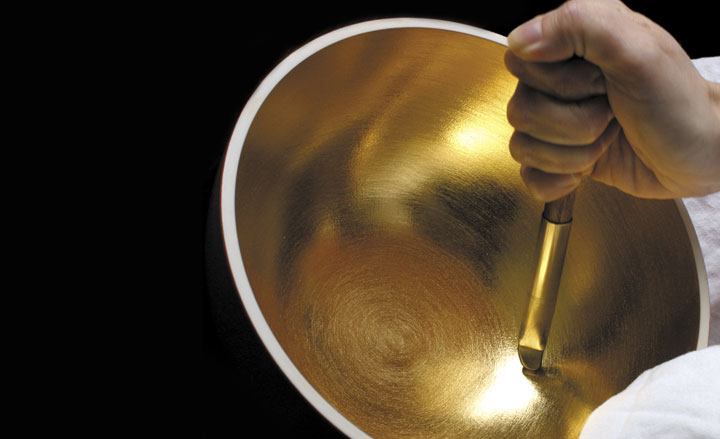
Vacheron Constantin has launched Cercle 250, an association designed to preserve and promote ancient crafts. Among the creative partners involved is the Manufacture Nationale de Sèvres workshop, founded in 1740, in Paris. Pictured is its burnishing technique
To mark the launch of its Metier d Art Les Univers Infinis collection, this month Swiss watchmaker Vacheron Constantin has unveiled one of its most ambitious projects to date – the Cercle 250.
This association of creative partners who, like Vacheron, have been in continuous production for 250 years, has been set up to preserve and promote ancient crafts, but mostly to underline their contemporary relevance.
To give some idea of how rare the skills that continue to fuel these companies are, the Cercle includes the world's oldest paper mill, in Italy, and a Japanese cutlery maker established in the 17th century.
It also being a brand steeped in ancient decorative techniques, Vacheron Constantin lent its name to two major European Métiers d'Art days, in Paris and Milan at the start of this month to celebrate the launch of Cercle 250, an initiative that will also support specialist companies and emerging talent.
The Paris event – Les Journées Européennes Des Métiers D’Art – is an annual affair involving artisans across the city opening their studios to the public, with this year’s participants including Reinhard von Nagel, harpsichord maker, and Bernard Pictet studio, the Paris glass engraver. Pictet’s designs can be seen in fashion boutiques across the globe – it regularly collaborates with architect Peter Marino, creating bespoke glass for his Chanel and Louis Vuitton store projects.
Vacheron also displayed the decorative motifs and esteemed crafts that have given its pieces –contemporary and otherwise – exquisite, collector appeal. At the “Mémoires d’Avenir” exhibition, the watch manufacture established a pop-up studio with a coterie of its master artisans, including enamellers and engravers and their apprentices, allowing visitors an up-close view of their skills and an inkling of the time they take to master and apply.
Vacheron also took the opportunity to unveil three of its current métiers d' art pieces from the Les Univers Infinis collection, directly inspired by the works of Maurits Cornelis. The Dutch artist emerged in the 1930s and 1940s via his passion for artisan techniques such as woodcutting and lithography – processes that best served his graphic sensibilities and passion for pattern. He became known for his print work, which included book illustrations, murals and postage stamp design. Heavily influenced by the Moorish tiling he saw at the Alhambra in Granada while travelling through Spain, Cornelis soon immersed himself in tessellation prints – repeated mathematical formulas where interlocking patterns carry on seemingly infinitely – reflecting early forays into architecture studies.
It is these that the dials of the new Vacheron watches revisit in hard-to-master tonal shades using in-house enamelling, gemsetting, engraving and guilloche methods. Not only are the pieces a coming together of mathematics and aesthetics that is both graphic and contemporary, they make an artful addition to the wrist.
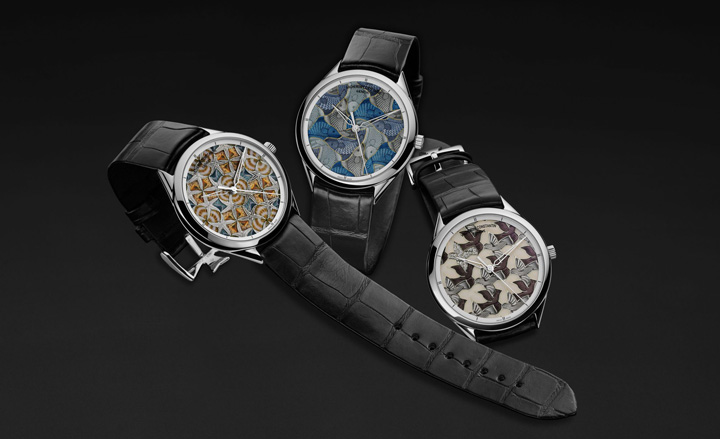
Vacheron Constantin’s Metiers D’Art Les Univers Infinis collection is inspired by the tessellation prints of early 20th century Dutch artist Maurits Cornelis Escher. Master engravers, enamellists and guilloché artists spend hundreds of hours perfecting each piece
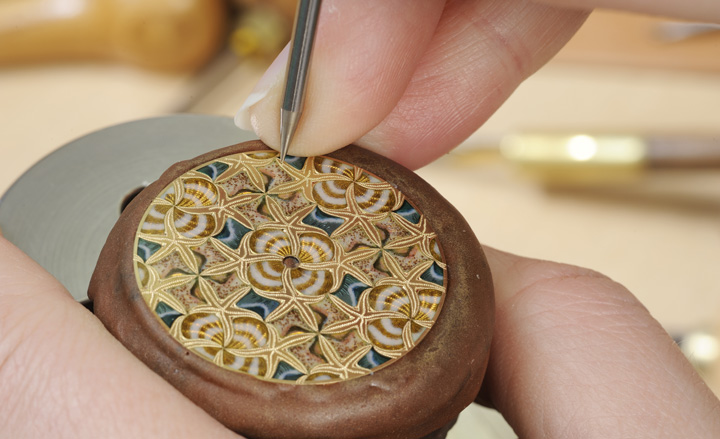
Fashioning the dial of the Metiers D’Art Les Univers Infinis collection, at Vacheron Constantin manufacture, Switzerland, founded in 1755
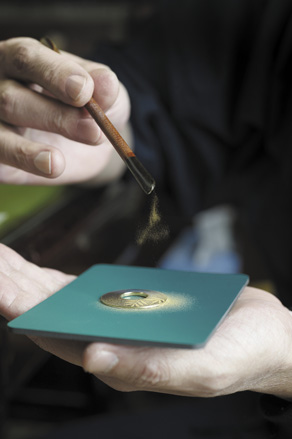
Founded in 1661, Maison Zohiko, Japan, is a world specialist in the maki-e lacquer technique. Vacheron Constantin has collaborated with the maison to produce a Metiers D’Art collection of watches
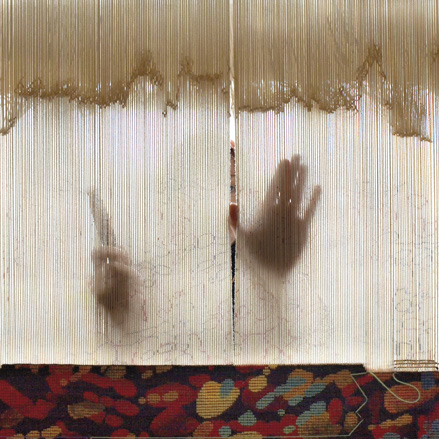
Carpet weaving at Maunfature Nationale de la Savonnerie, originally founded in a former soap factory in Paris in 1602
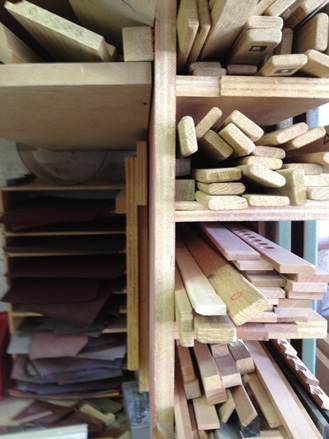
Wood stores at Reinhard von Nagel, harpsichord workshop, Paris. The von Nagel workshop is the foremost in the world for producing the Baroque instrument
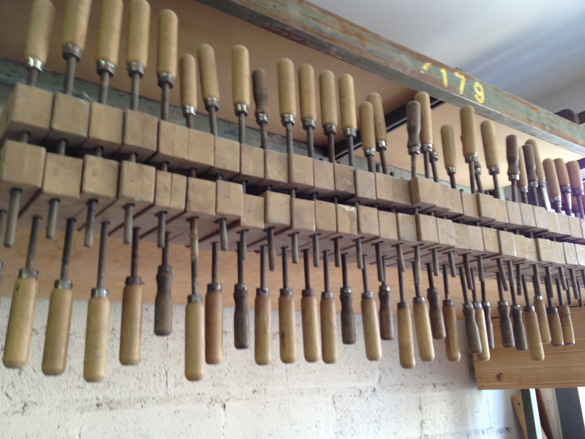
Specialist wood clamps, at Reinhard von Nagel harpsichord workshop, Paris
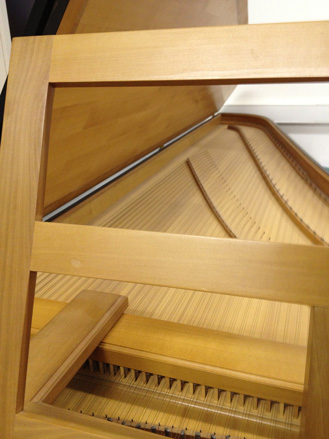
A harpsichord in progress, at Reinhard von Nagel harpsichord workshop, Paris
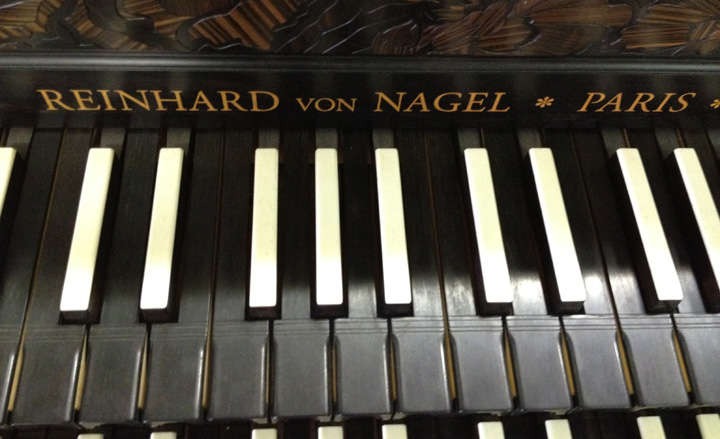
Handmade harpsichord keyboard, at Reinhard von Nagel harpsichord workshop, Paris
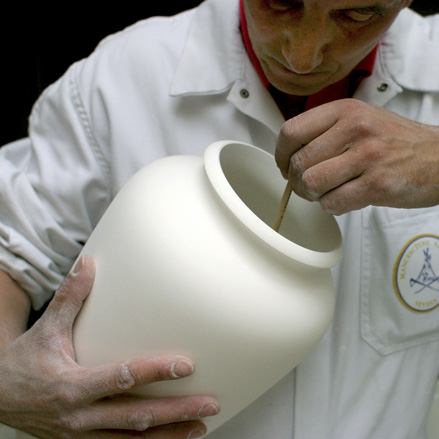
Enamelling at Manufacture Nationale de Sèvres, Paris
Wallpaper* Newsletter
Receive our daily digest of inspiration, escapism and design stories from around the world direct to your inbox.
Caragh McKay is a contributing editor at Wallpaper* and was watches & jewellery director at the magazine between 2011 and 2019. Caragh’s current remit is cross-cultural and her recent stories include the curious tale of how Muhammad Ali met his poetic match in Robert Burns and how a Martin Scorsese Martin film revived a forgotten Osage art.
-
 All-In is the Paris-based label making full-force fashion for main character dressing
All-In is the Paris-based label making full-force fashion for main character dressingPart of our monthly Uprising series, Wallpaper* meets Benjamin Barron and Bror August Vestbø of All-In, the LVMH Prize-nominated label which bases its collections on a riotous cast of characters – real and imagined
By Orla Brennan
-
 Maserati joins forces with Giorgetti for a turbo-charged relationship
Maserati joins forces with Giorgetti for a turbo-charged relationshipAnnouncing their marriage during Milan Design Week, the brands unveiled a collection, a car and a long term commitment
By Hugo Macdonald
-
 Through an innovative new training program, Poltrona Frau aims to safeguard Italian craft
Through an innovative new training program, Poltrona Frau aims to safeguard Italian craftThe heritage furniture manufacturer is training a new generation of leather artisans
By Cristina Kiran Piotti